When you're taking a long-distance motorcycle trip, it's a good idea to be prepared. Sure, you can take a minimalist, fly-by-the-seat-of-your-pants approach and hit the road with nothing but your bike, the clothes on your back, and (maybe) some basic hand tools. You're sure to get some unforgettable memories that way, but being prepared will make the trip far more enjoyable.
Your specific needs may vary, but there are some essentials that'll have you ready to take on any long-distance moto-quest. I'm only going to cover the motorcycle trip specific items and leave the basics you need for any trip like toiletries, grooming products, clothes, etc., up to you.

Motorcycle luggage
You'll need a place to store all the stuff you're taking on your trip, and maybe have some extra room to bring some mementos back with you. Depending on your motorcycle, your needs and options will vary, and may include some OEM luggage, but your basic setup should include:
- Saddlebags
- Tail or sissybar bag
- Tank and/or handlebar bag
- Backpack or sling/messenger bag
- A few tie-downs, straps, or a cargo net

Good versatile gear
Having all-season, all-weather gear that is wearable under almost any condition is a solid tactic. It'll keep the elements at bay, help with thermoregulation, prevent sunburns, and protect you from road debris. Oh, it'll also help if things go sideways and you end up crashing. Here's a good starting place to cover almost all your bases and cut down on the amount of gear you'll have to carry.
- Multi-season riding jacket. Go with one with good ventilation and a waterproof liner.
- Two pairs of gloves. Gloves are small and easy to pack, so take two pairs. One that is lightweight and ventilated and a second that is waterproof and warm.
- Riding boots or shoes. Go for a pair that are waterproof and breathable.
- Multi-season riding pants. Like the jacket, for utmost versatility, pick something with ventilation and is waterproof.
- A bandana, tube, or gaiter for your face and neck. It'll help with thermoregulation in both hot and cold weather, keep the sun off your neck, and can usually be worn in a variety of other ways as well.
You may notice that I do not suggest or include a separate rain suit. It's partially because I'm not particularly a fan of them, but in terms of practicality, by going with versatile multi-layer, all-season/all-weather gear, you'll have a better-fitting, more durable (since it's integrated with the piece of gear) "rain suit" for when the weather turns sour.
A sweet helmet
Always get the best helmet you can afford, and I'd strongly recommend a full-face or modular, especially for longer trips. It's critical to keeping the sun, wind, rain, and road debris at bay. The more versatile and feature-rich the helmet is, the better. Look for active vents to control the airflow. Pinlock visors to prevent fogging on cold or wet days. Antimicrobial and moisture-wicking liners to keep things dry and fresh. A drop-down sun shade visor or some sort of photochromic shield so you can adapt to changes in lighting conditions is a big plus, too.

A Bluetooth communications unit
From music to set the mood for the ride, to turn-by-turn GPS directions to keep you on your route to communicating with your buddies on the road, having a Bluetooth comm wired up to your helmet is a valuable addition to your road trip arsenal.
Phone mount/charger
Keep your phone visible and at hand with a phone mount. Nothing sucks more than having your phone die and losing your tunes or GPS directions, so connect a charger to an auxiliary power port (if available) or to your battery and run it up to your phone mount to keep it juiced up while riding. Just don't use your phone while riding.

Basic tools
Have the basic wrenches, pliers, screwdrivers, etc. to do simple repairs or maintenance on your motorcycle. Many bikes include a simple toolkit, and that should be enough for the most part. If your bike doesn't have an OEM toolkit, assemble your own, or check out some of the travel-ready kits that are available. Avoid ending up in a situation where a simple loose bolt, screw, or what-have-you derails your trip.

Emergency roadside kit
Take it one step further than the basic hand tools you might need, and assemble an emergency roadside kit so you can cover some of the more heinous breakdowns or repairs that may occur on your trip. A few things to consider including:
- Tire patch kit with an inflator/portable compressor, and spare tubes (if your motorcycle uses inner tubes).
- Some spare parts. I'd suggest considering having some spare spark plugs/plug wires, bulbs for your lights (I know firsthand how having a headlight die while riding at night is a huge bummer), and if you have room, perhaps a spare drive belt or chain.
- Emergency fuel bottle. Especially if your motorcycle doesn't have a fuel gauge or a very small gas tank.
- The stuff you'd normally have in an emergency roadside kit, like a flashlight or lantern, flares or some other emergency light to be visible to other motorists, an emergency blanket, emergency rain poncho, jumper cables (or go one better with a portable charger/jump-starter), work gloves, and so forth.

First aid kit
Injuries can happen on the road, to yourself or others. Be prepared.
Roadside assistance
If things really go sideways, you may end up in a situation that you may not be able to get out of on your own grit and scrappy attitude alone. I suggest having some sort of roadside assistance/towing coverage, through AAA, the American Motorcyclist Association (AMA) or your motorcycle insurance carrier, at all times, but especially on a road trip where you're likely to be far from home and distant from your normal support network and with limited resources. If you don't have it, consider buying it and having the coverage for at least the duration of your road trip. Tows are expensive, and the coverage will pay for itself the first time you use it.
Up-to-date maintenance
You'll vastly reduce the odds of something going wrong if you're up-t- date on your general maintenance before embarking on a trip. Having fresh oil/coolant, good tires, a clean and well-maintained final drive system, a reliable, relatively new battery, and other maintenance sorted will make a world of difference. An ounce of prevention is worth a pound of cure.
It may seem like a lot, but once you get your road trip essentials sorted out, you'll be ready to handle anything the road throws at you for years to come. If it seems daunting or too expensive, keep in mind, you can (and should) build your road trip kit out over time based on your individual needs, priorities, and learned experiences. Personally, I prioritize my gear for comfort on the road, luggage and straps to carry my stuff, meticulous maintenance to ensure my bike is reliable, a few extra emergency items, and not much else. Do what works for you, but this list should have you covered.


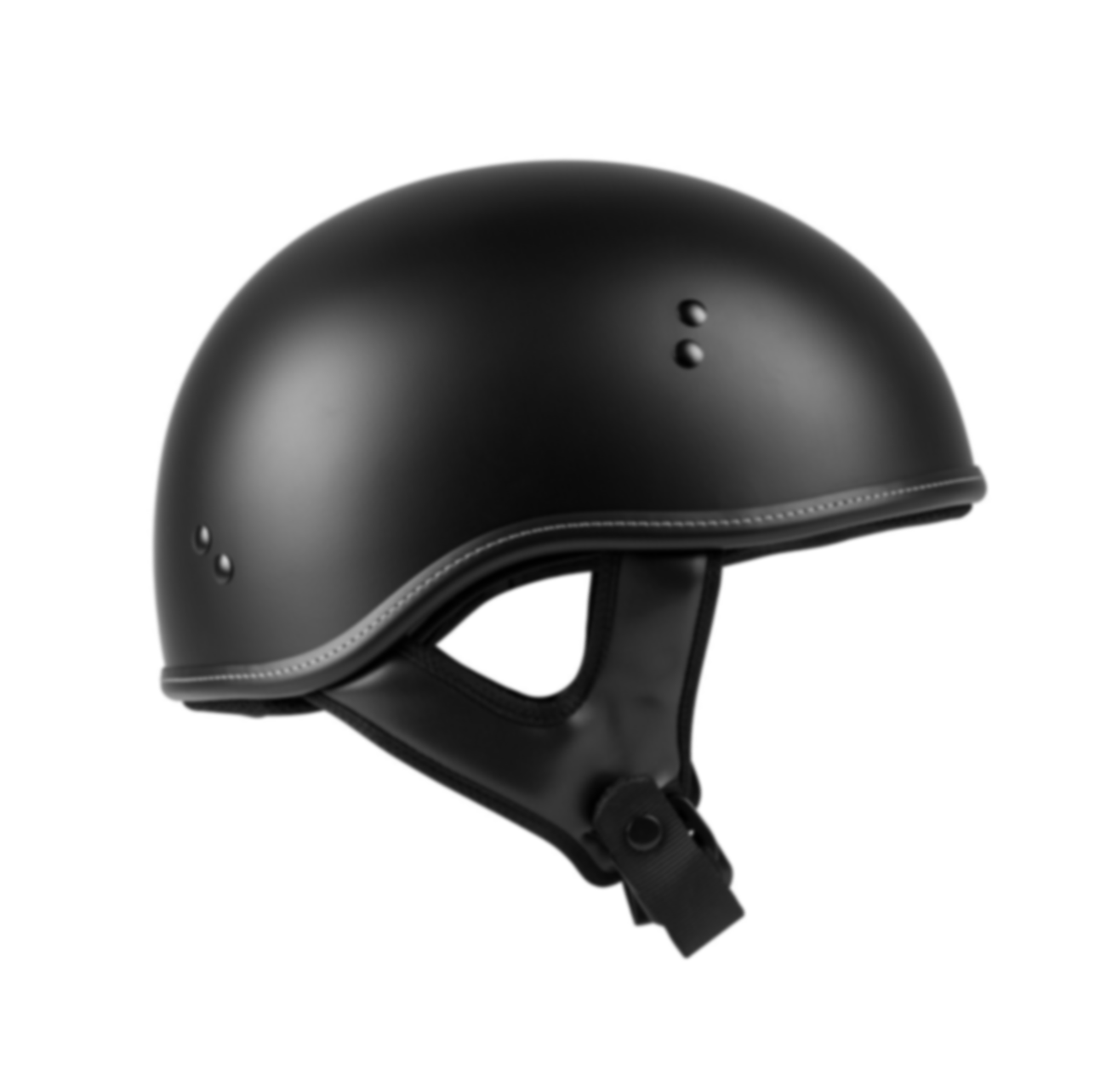
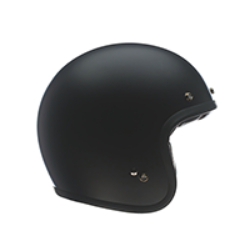
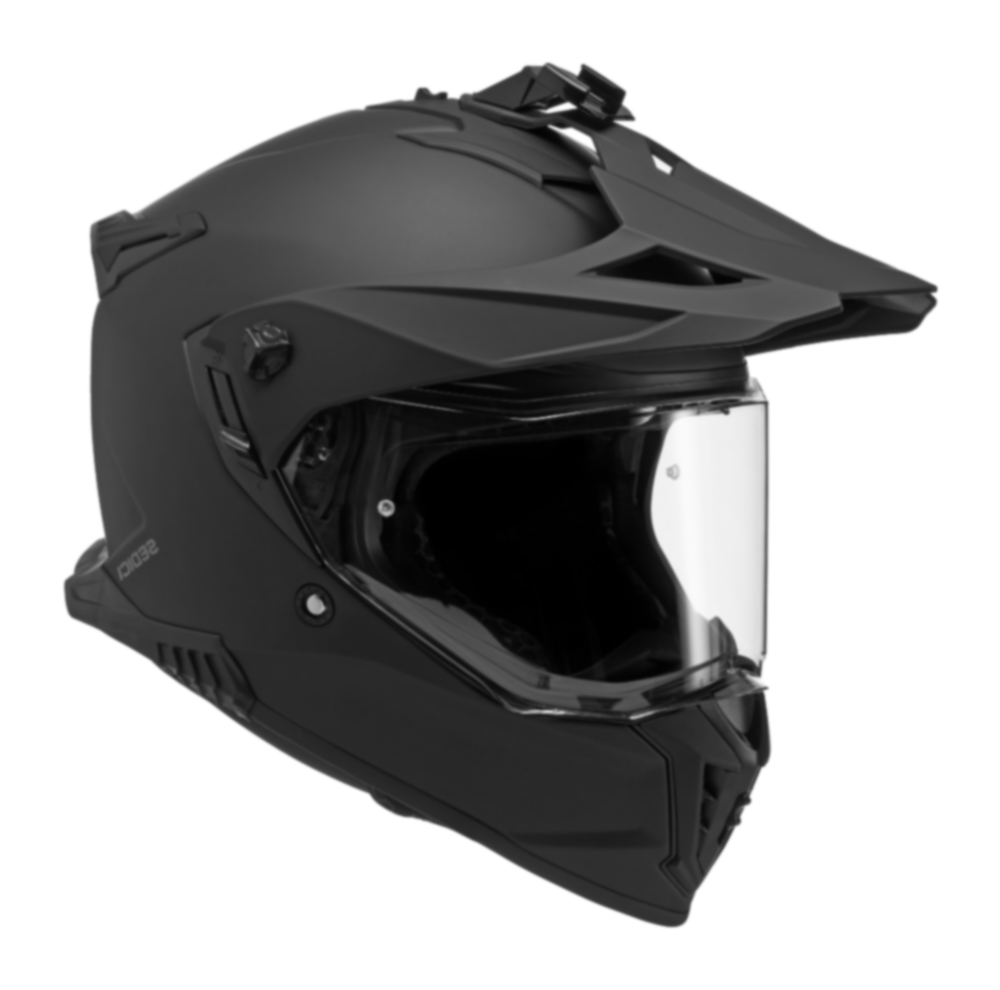
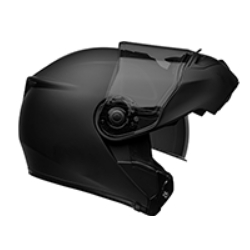
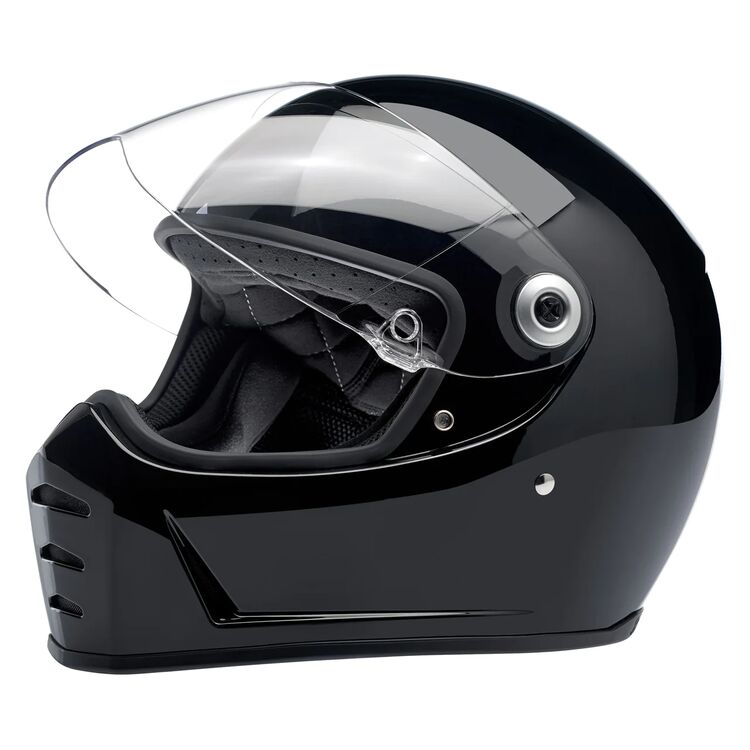
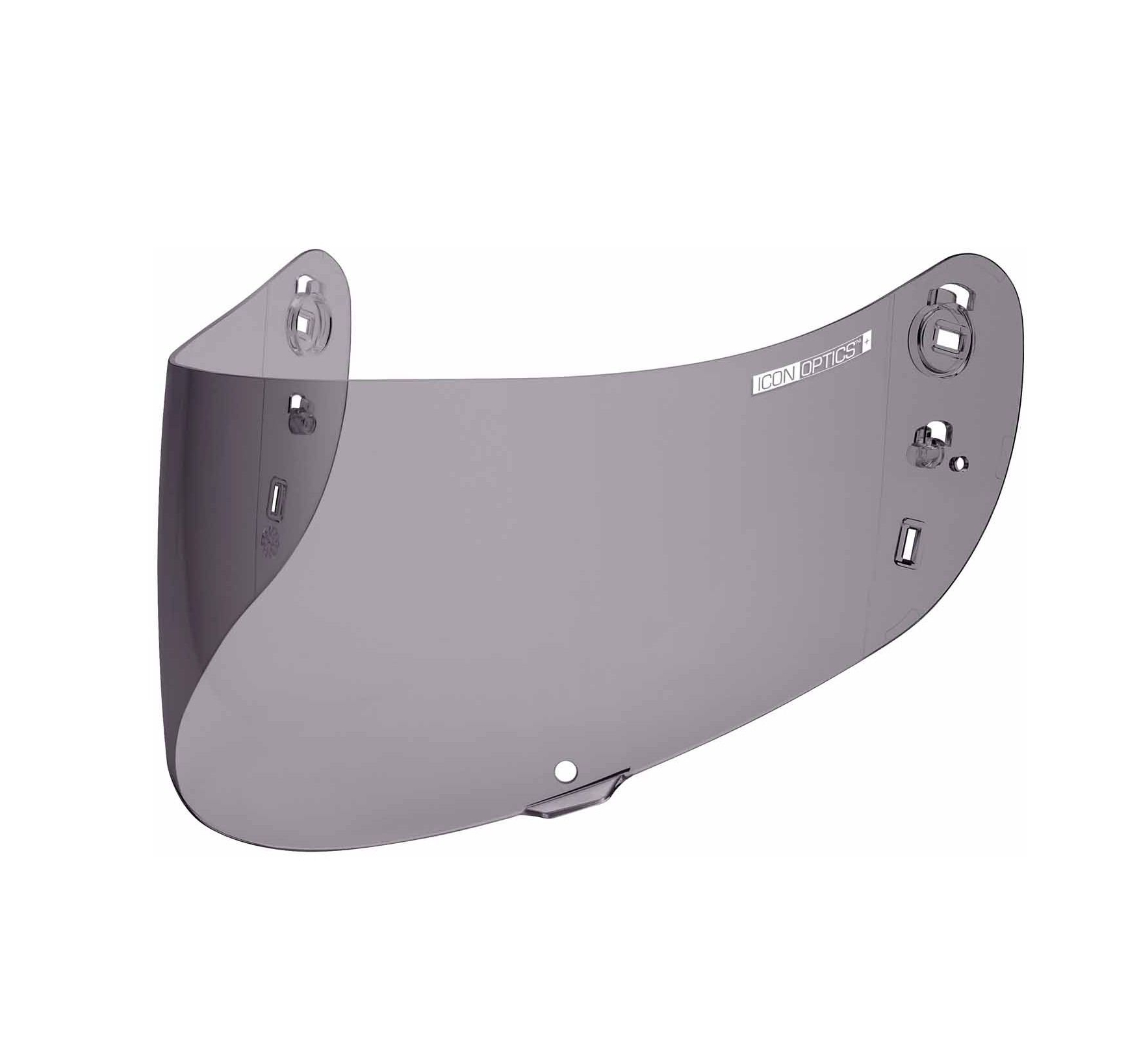
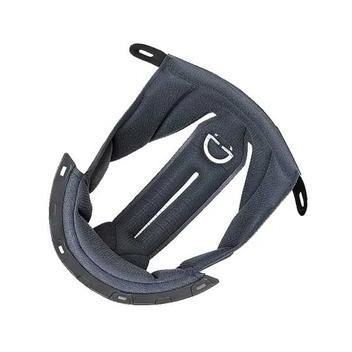
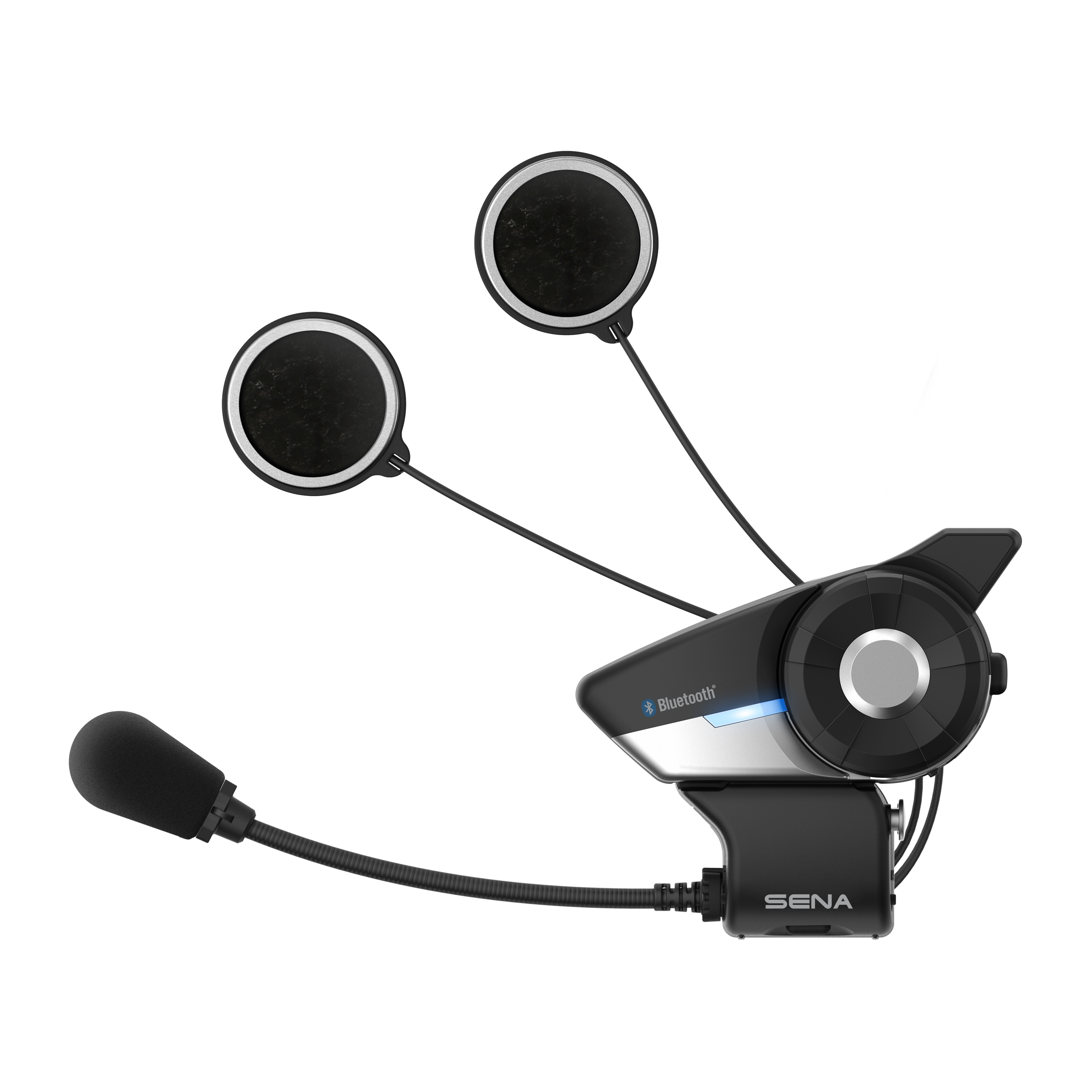
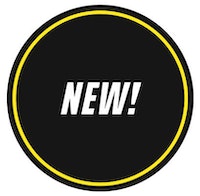

 Membership
Membership







